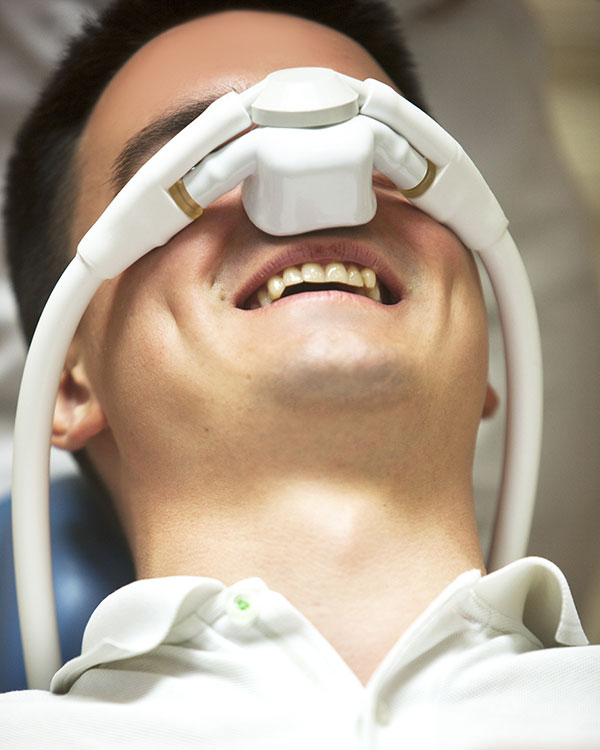Anesthesia at Coyne Oral Surgery
Patients at Coyne Oral Surgery have many types of anesthesia available to them. Dr. Coyne will select the appropriate anesthesia based on your procedure and level of apprehension. Learn more below.
Local Anesthetic
Local anesthetic is used when patients are to remain fully conscious throughout the procedure. A local anesthetic like lidocaine is injected directly into the surgical area; it is often used alongside other types of anesthesia during oral surgery.
Usual Indications: Common in minor soft tissue oral surgery procedures and tooth extractions.
Office Based General Anesthesia with Local Anesthetic
General anesthesia is administered through an intravenous line (I.V.). These medications, including Fentanyl (opiate), Versed (benzodiazepine), Ketamine, and Diprivan, are used in tandem with supplemental oxygen. Patients’ vital signs are monitored closely throughout the procedure.
Usual Indications: General anesthesia can be used for all kinds of oral surgeries. They may even be used for simple procedures if patients have a high level of anxiety. GA is commonly used for wisdom teeth removal, dental implant placement, and in the event that local anesthesia cannot provide relief at the site of an infection.


